- Your cart is empty
- Continue Shopping
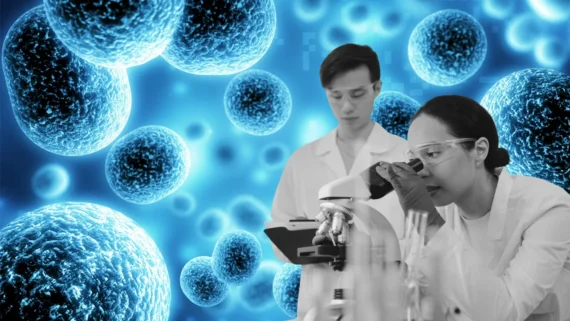
Why ExoBrite™ Outperforms PKH and Carbocyanine Dyes
Discover reliable EV labeling beyond PKH. Explore Biotium’s ExoBrite™ stains for accurate, reproducible extracellular vesicle analysis.

Discover reliable EV labeling beyond PKH. Explore Biotium’s ExoBrite™ stains for accurate, reproducible extracellular vesicle analysis.
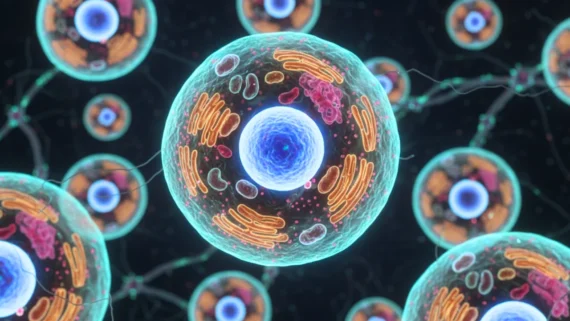
Learn how to choose the right cell surface stain for live-cell imaging or fixed samples. Compare lipophilic dyes, lectins, and protein stains.

Learn how transdermal patches deliver medication through the skin, offering controlled, non-invasive drug delivery for medical and cosmetic use.
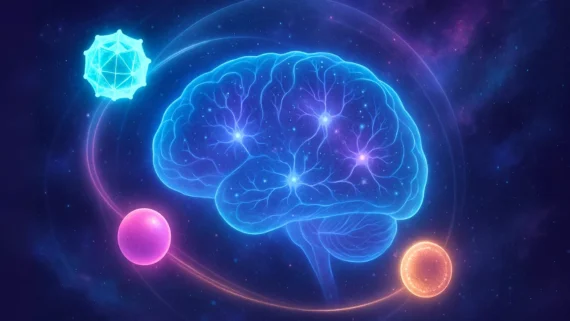
Discover how AAV, LNPs, and exosomes advance neurological gene therapy, with imaging tools driving precision in CNS-targeted therapeutics.
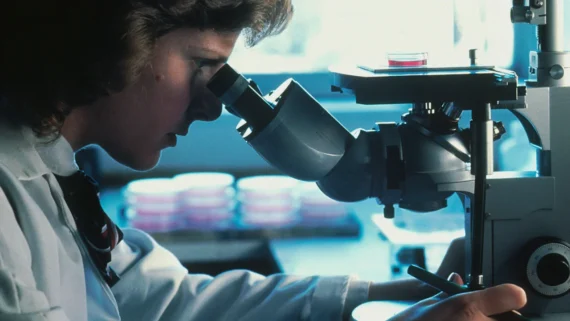
Discover why quality control is vital in exosome therapeutics. Explore key QC challenges, sterility, identity, and GMP for clinical success.

Discover key criteria for selecting an AAV manufacturing CDMO in Asia. Learn how to ensure quality, scalability, and regulatory expertise for gene therapy success.

Learn how cell therapy startups can navigate Critical Process Parameters (CPPs) to ensure product quality, scale effectively, and meet regulatory standards.
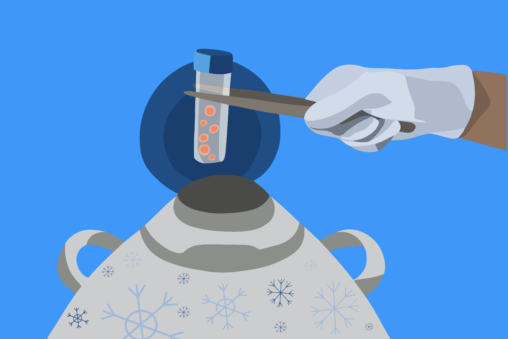
Discover why hypothermic cell transport is safer and smarter than cryopreservation or room temp methods for preserving cell viability in transit.
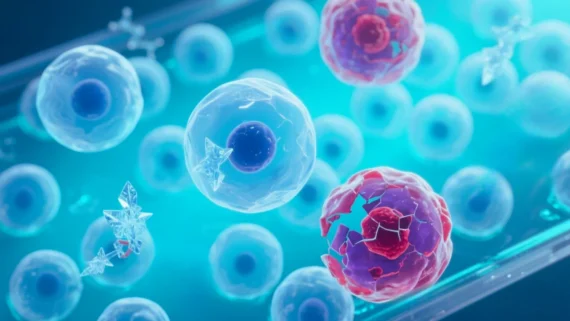
Explore the risks of using DMSO and protein-based cryoprotectants in cryopreservation of sensitive cells. Explore safer, xeno-free alternatives.

Explore the ethical, scientific, and commercial benefits of using serum-free media over FBS in modern cell therapy development.
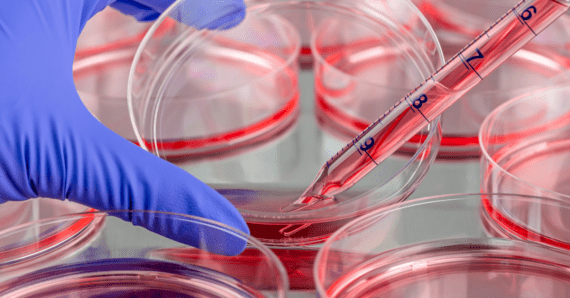
Discover effective strategies to overcome cryopreservation challenges in MSC culture, improving cell viability and differentiation potential.
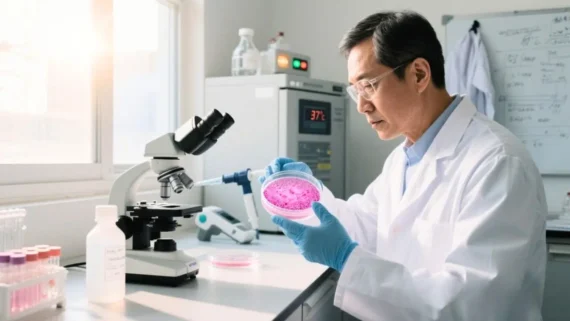
Master cell culture best practices with 7 critical parameters—from passage tracking to pH, endotoxins, and viability—for consistent, healthy cell growth.

This is an overview of AAV-mediated CRISPR-Cas9 delivery. Learn how AAV tools and mechanisms support in vivo genome editing applications.
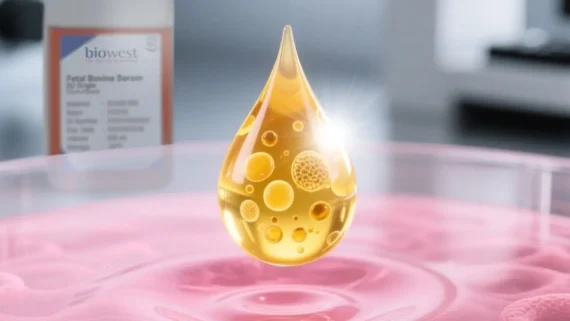
Biowest vs. generic serum: Why quality matters in cell culture. Ensure reproducibility & translatability with trusted reagents. Learn more.

Discover how cell therapy stability requires multi-parametric assays beyond viability to preserve function, phenotype, and safety during storage and thaw.

Cryopreservation is a technique designed to preserve the viability and functionality of biological specimens, such as cells, tissues, and organs, by cooling them to subzero

The concept of Critical Quality Attributes (CQAs) plays a pivotal role in a drug development process. According to the ICH Guideline Q8(R2) on Pharmaceutical Development,
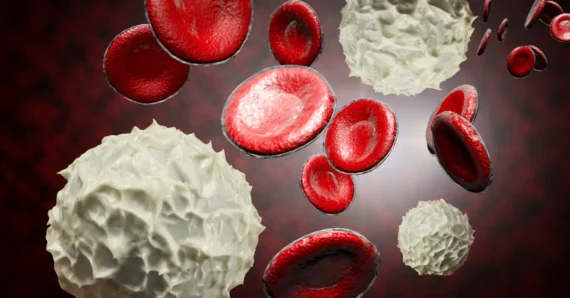
Adoptive cell therapy (ACT), including TILs, CAR T, NK, and CAR NK cell therapies, is revolutionizing immunotherapy. With over 2,000 clinical trials underway (ClinicalTrials.gov, 2025),

Cell and gene therapies (CGTs), particularly autologous therapies like CAR-T/TCR-T cells, represent a breakthrough in personalized medicine. These treatments offer life-changing outcomes for patients with

Discover how Exoid TRPS delivers precise EV and exosome characterization through real-world case studies in diagnostics, vaccines, and therapeutics.
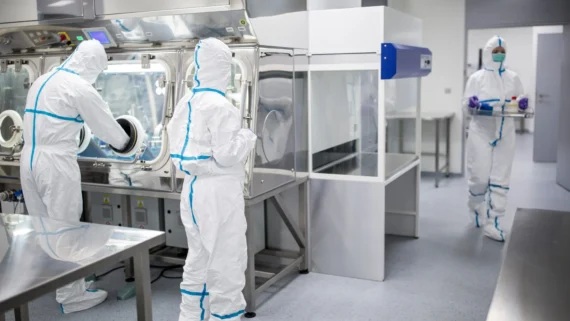
The rapid advancement of cell and gene therapies (CGTs) offers transformative potential for treating a myriad of diseases, including various cancers and genetic disorders. However,
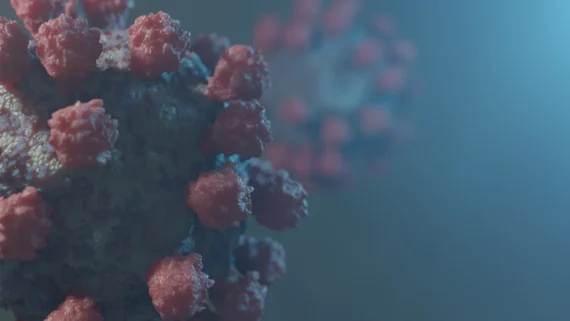
Adeno-associated viruses (AAVs) have become a cornerstone of gene therapy, offering a powerful platform for delivering therapeutic genes to both dividing and non-dividing cells. However,

Clinical trials are the bedrock of medical progress, enabling the development of new treatments and therapies that improve patient outcomes. However, they are notoriously complex,
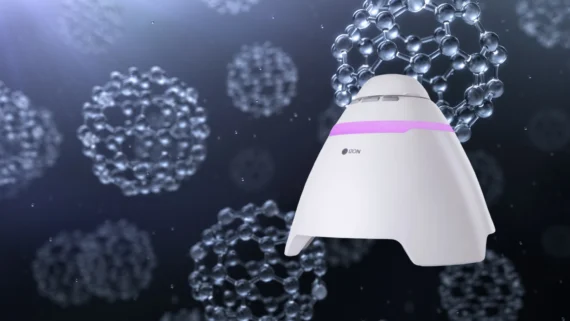
Nanomedicines such as extracellular vesicles (EVs), liposomes, and lipid nanoparticles (LNPs) hold great potential for advancing medicine. In recent years, EVs have gained significant attention

Contact our Customer Care, Sales & Scientific Assistance

Consult and asked questions about our products & services

Documentation of Technical & Safety Data Sheet, Guides and more...